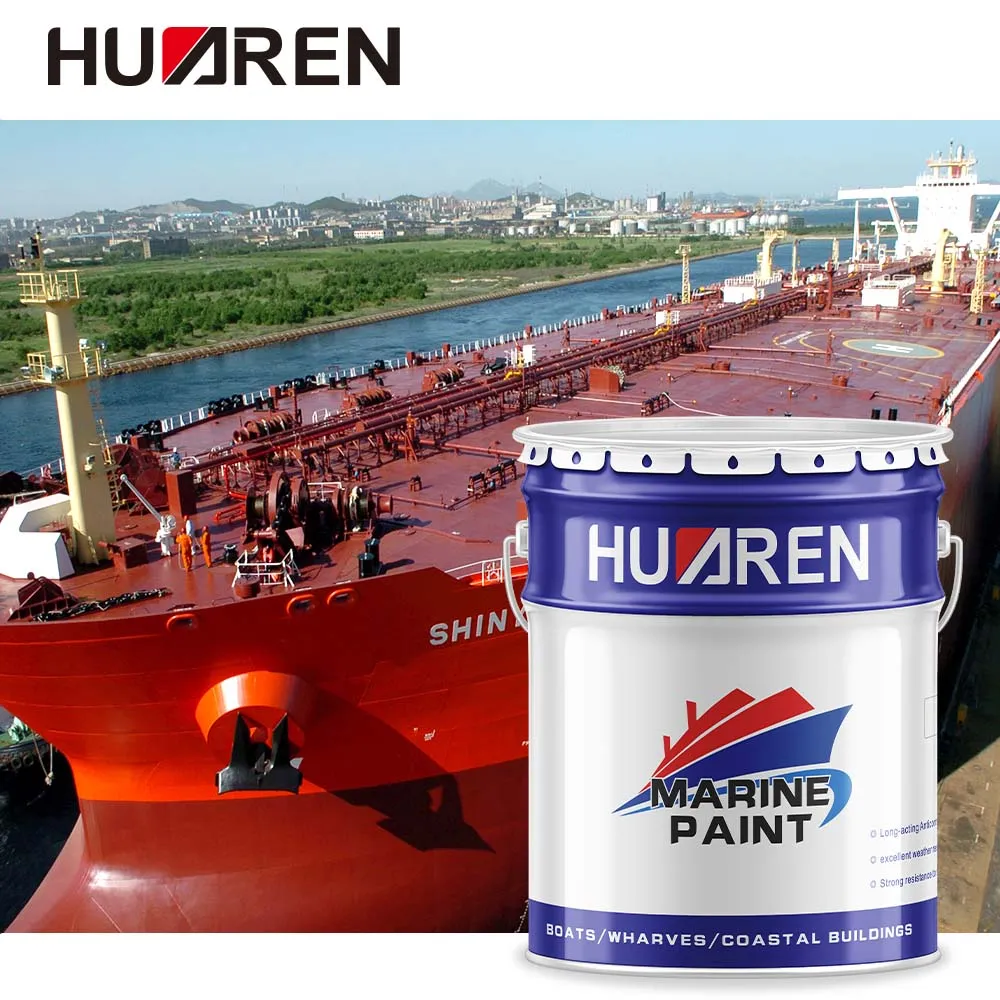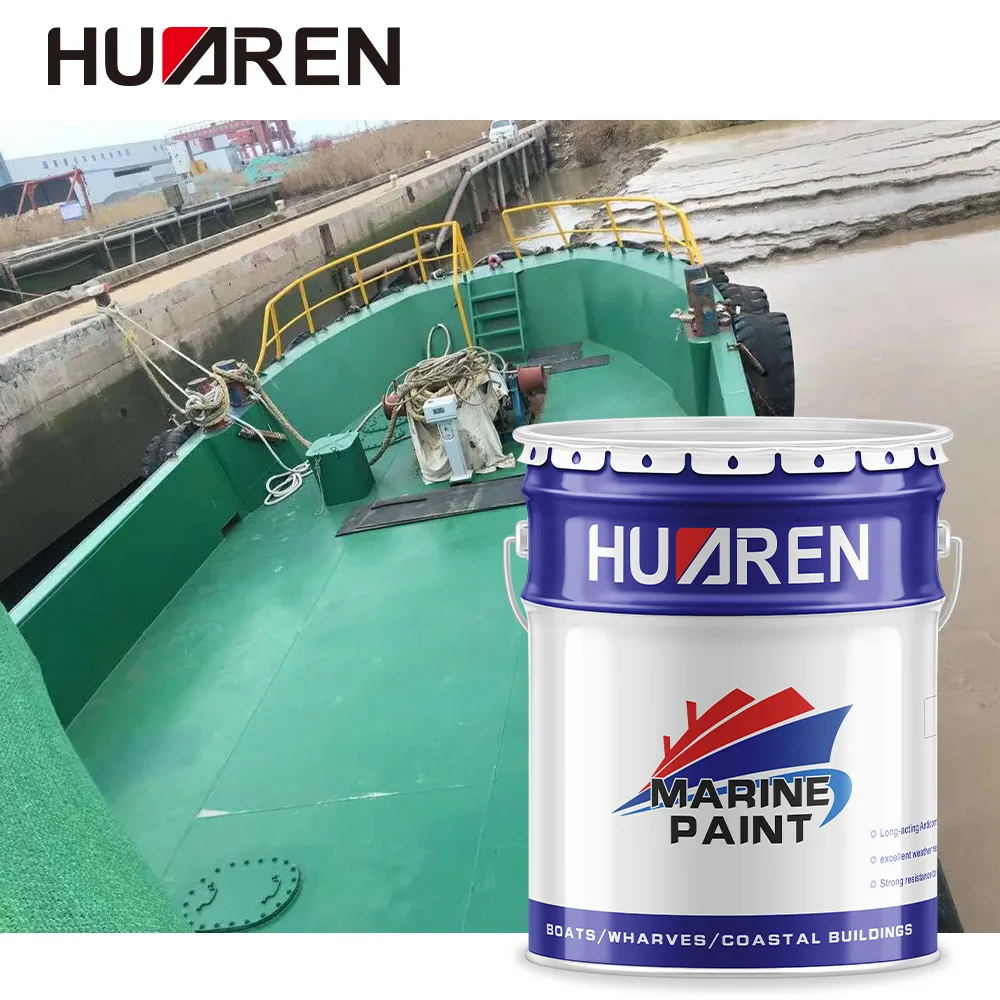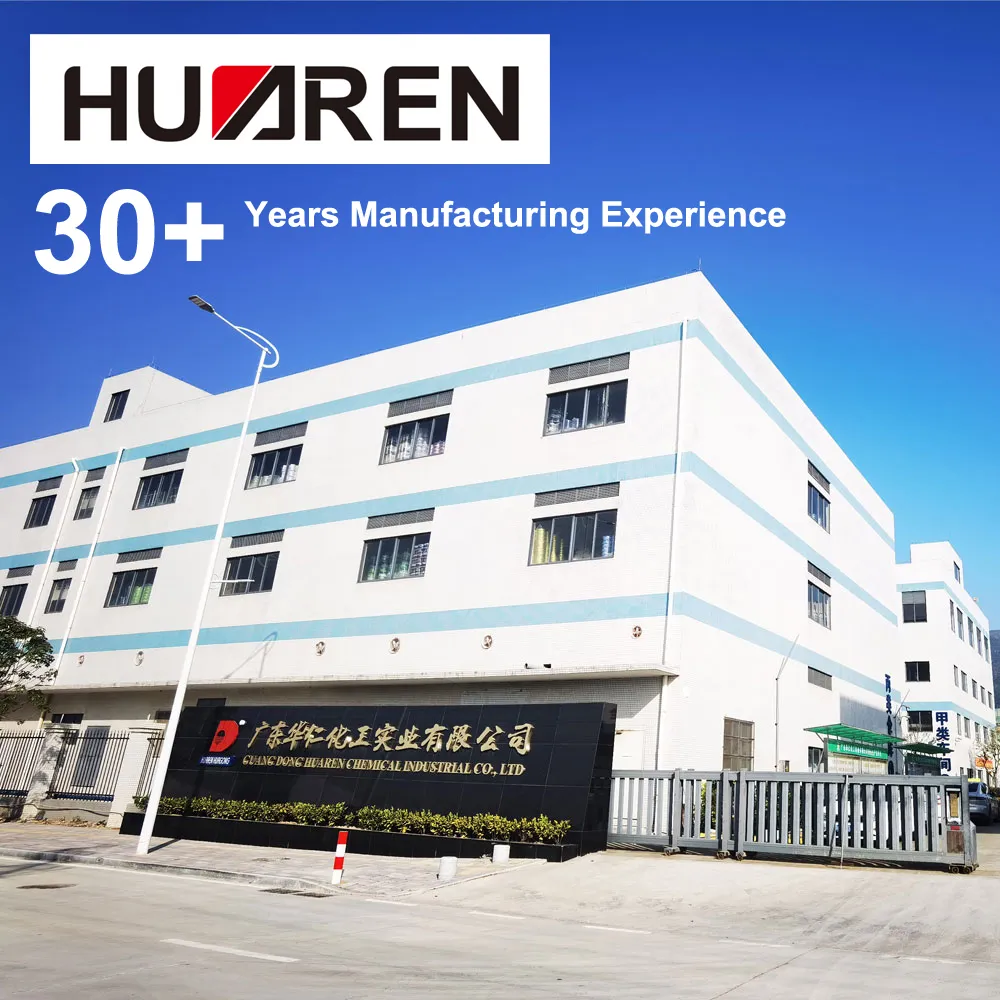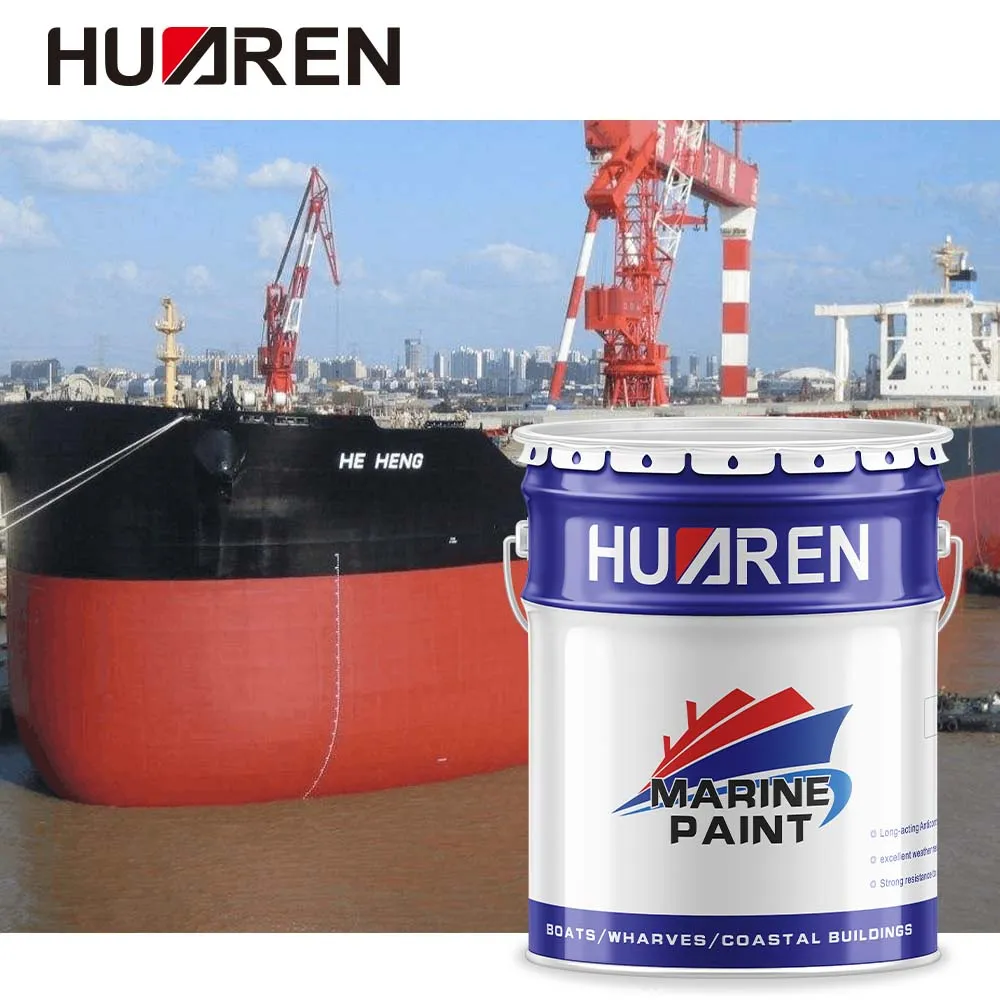Antifouling paint is an integral part of the maintenance of ships and other marine facilities. However, when planning to repaint antifouling paint, many people face a key question: Do I need to completely remove the old antifouling paint? This question may seem simple, but it involves considerations of paint properties, construction technology, hull surface conditions, and other aspects.
This article will explore in depth whether it is necessary to remove the old antifouling paint before repainting from multiple perspectives, including technology, economy, and construction practice, and analyze the pros and cons.

What is antifouling paint?
Antifouling paint is a special functional coating that is applied to the underwater part of a ship to prevent marine organisms (such as algae and shellfish) from attaching to the hull surface. These attachments will increase the resistance of the hull, reduce speed, increase fuel consumption, and even affect the structural integrity of the hull. By applying antifouling paint, cleaning and maintenance costs can be reduced and ship operation efficiency can be improved.
Antifouling paints usually contain toxic compounds, such as copper compounds or organic antifouling agents, which are slowly released in seawater to inhibit the attachment and growth of organisms. Modern antifouling paints also include self-polishing paints, which gradually dissolve while the ship is in operation, thus maintaining a smooth surface at all times.
Is it necessary to remove the old paint before repainting?
The answer is not a simple "yes" or "no". Whether the old antifouling paint needs to be removed depends on several factors, including the condition of the old paint, the type of new paint, and the application requirements.
1. Is the old paint in good condition?
The condition of the old antifouling paint is an important factor in determining whether it needs to be removed. If the old paint layer has the following problems, it is recommended to remove the old paint:
● Peeling or cracking: The paint film loses adhesion, which may prevent the new paint from adhering firmly.
● Too thick paint film: Repeated painting may result in too thick a paint layer, increasing weight and reducing the antifouling effect.
● Severe pollution: The surface of the old paint is covered with oil, rust or other pollutants, which affects the adhesion of the new paint.
● Aging and chalking: The surface of the old paint layer is chalked or loses its original performance.
If the old paint layer is in good condition and there is no obvious peeling, cracking or pollution, it is usually not necessary to completely remove the old paint. Instead, the new paint can be directly applied after cleaning and sanding.
2. Whether the new paint is compatible with the old paint
When applying the new paint, it is necessary to confirm the compatibility of the new paint with the old paint. Different types of antifouling paint may have differences in chemical composition, resulting in incompatibility. For example:
● Solvent-based antifouling paint and water-based antifouling paint: Solvent-based paint may dissolve or damage the water-based paint substrate.
● Self-polishing paint and traditional antifouling paint: The two types of paint films have different hardness and adhesion, and additional processing steps may be required.
Before construction, it is necessary to consult the antifouling paint manufacturer to confirm the compatibility between the new and old paints. If it is incompatible, the old paint needs to be completely removed.
3. The influence of coating thickness
Repeated painting will cause the paint layer to become thicker and thicker, especially antifouling paint, which itself will partially dissolve over time, but cannot completely peel off by itself. Too thick a paint layer may bring the following problems:
● Increased hull weight: Especially for high-speed ships, a thick paint layer will significantly reduce fuel efficiency.
● Reduced antifouling effect: Too thick a paint film may cause uneven release of antifouling agents, reducing antifouling performance.
● Increased construction difficulty: Too thick old paint may affect the adhesion of the new paint and uneven painting.
For the case of too thick paint layer, it is recommended to partially or completely remove the old paint by mechanical grinding or sandblasting to ensure that the coating thickness is within a reasonable range.
4. Construction requirements
The conditions of the construction site and equipment will also affect whether the old paint needs to be removed. For example:
● Local repair: If only a small area of damage needs to be repaired, there is no need to remove the old paint on a large area.
● Repainting the whole ship: For new ships or renovations of old ships that need to be fully painted, it is usually recommended to completely remove the old paint to ensure the uniformity and adhesion of the new coating.

How to remove the old antifouling paint?
If you decide to remove the old paint, there are several common methods to choose from. Each method has its applicable scenarios and advantages and disadvantages.
1. Mechanical grinding
Use a grinder or sandpaper to grind the old paint and remove the surface of the paint film. This method is suitable for small-area construction or when the paint film has good adhesion.
● Advantages: low cost and wide application range.
● Disadvantages: low efficiency and difficulty in treating large-area paint films.
2. Sandblasting
Use high-pressure air to spray abrasives onto the surface of the hull to remove old paint and rust. This is a common method used in large ship renovations.
● Advantages: high efficiency and can treat large surfaces.
● Disadvantages: requires special equipment and sites, and is expensive.
3. Chemical paint stripping
Use a special paint film stripper to dissolve the old paint, and then clean it by washing or scraping.
● Advantages: does not damage the substrate and is suitable for hulls with complex shapes.
● Disadvantages: Be careful when using chemicals and may pollute the environment.
4. Water jet cleaning
Use high-pressure water to remove old paint and pollutants. This method is environmentally friendly and efficient, but the equipment cost is high.
● Advantages: environmentally friendly, no dust pollution.
● Disadvantages: limited effect on old paint with particularly strong adhesion.

What are the precautions for removing old paint?
In the process of removing old paint, the following points need to be noted:
● Protect the substrate: avoid damage to the metal or fiberglass substrate of the hull during the construction process.
● Prevent pollution: especially during sandblasting and chemical paint stripping, measures should be taken to prevent waste from polluting the environment.
● Uniform treatment: ensure that the surface is flat after the old paint is removed to provide a good adhesion base for the new paint.
● Follow the manufacturer's recommendations: different antifouling paints have different construction requirements, and the manufacturer's construction guidelines should be strictly followed.
The importance of cleaning and priming
Even if the old paint is not completely removed, surface cleaning and priming before repainting are still crucial. Cleaning can remove oil, salt and biological residues on the surface, while priming can enhance the adhesion of the new coating and extend the life of the coating.
Surface cleaning steps
● Rinse the surface with a high-pressure water gun to remove floating dust and loose paint film.
● Use a degreaser to remove oil or grease.
● Ensure the surface is dry and free of visible particles.
Importance of Primer
Applying a primer over the old paint can effectively improve the adhesion of the new antifouling paint, especially if the old paint is slightly chalky. Common primers include epoxy primers and special adhesion promoters.

Are you looking for a reliable supplier of industrial paints at low prices?
Huaren Chemical Industry Co., Ltd. is a trusted Chinese manufacturer with nearly three decades of expertise. We offer a wide selection of paints including acrylic, epoxy, and phenolic systems, all produced in our 30-line factory with a capacity exceeding 20,000 tons annually. Our coatings are used in a range of applications—from petrochemicals to marine equipment.
We support bulk purchases, offer wholesale discounts, and provide prompt quotes tailored to your project. With exports to Africa, Southeast Asia, and Europe, Huaren Chemical is your go-to brand for professional-grade coatings.

